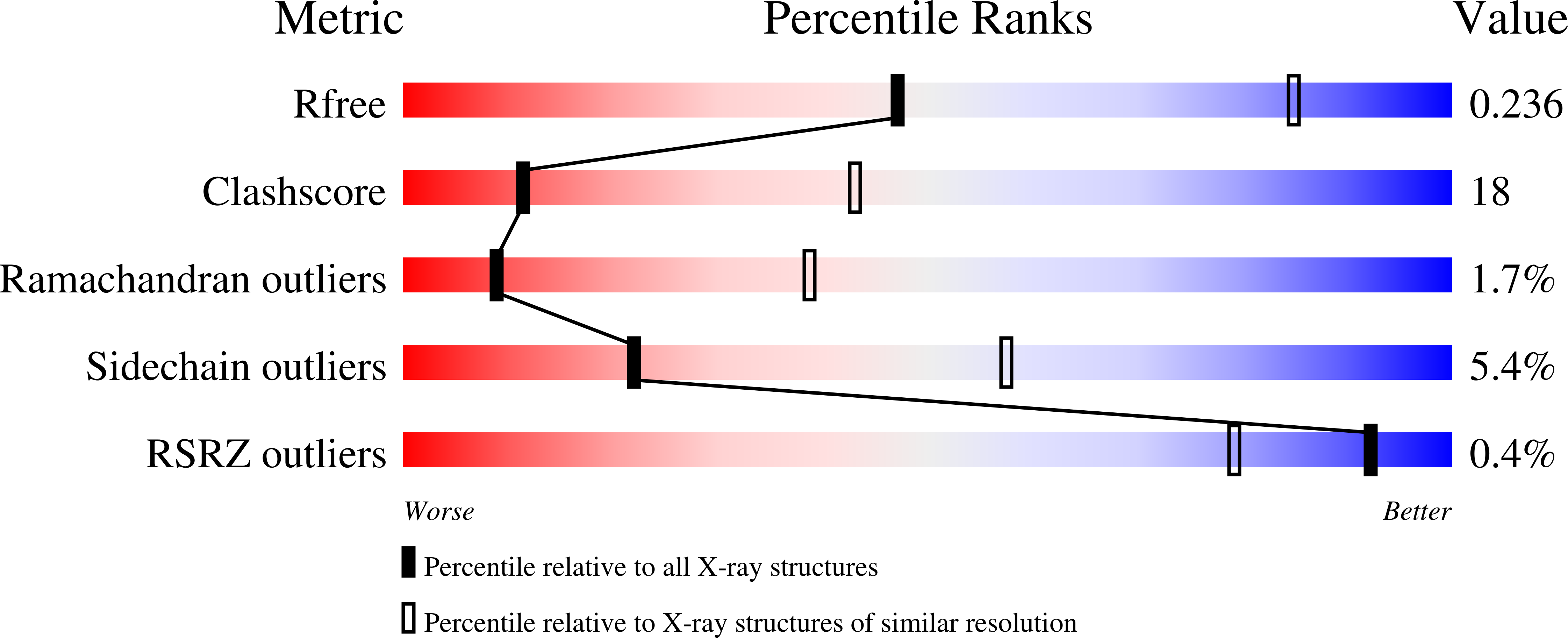Crystal Structure of Murine 11-Hydroxysteroid Dehydrogenase 1: An Important Therapeutic Target for Diabetes
Zhang, J., Osslund, T.D., Plant, M.H., Clogston, C.L., Nybo, R.E., Xiong, F., Delaney, J.M., Jordan, S.(2005) Biochemistry 44: 6948-6957
- PubMed: 15865440
- DOI: https://doi.org/10.1021/bi047599q
- Primary Citation of Related Structures:
1Y5M, 1Y5R - PubMed Abstract:
11Beta-hydroxysteroid dehydrogenase type 1 (11beta-HSD1) catalyzes the conversion of 11-dehydrocorticosterone to its active form corticosterone in rodents (or cortisone to cortisol in humans). The reductive reaction of the 11-keto to 11-hydroxyl is the pivotal switch in the activation of glucocorticoids. An excess of active glucocorticoids has been shown to play a key role in metabolic disorders such as diabetes and obesity. Therefore, 11beta-HSD1 represents an important therapeutic target for the treatment of these diseases. To facilitate the iterative design of inhibitors, we have crystallized and determined the three-dimensional structures of a binary complex of murine 11beta-HSD1 with NADP(H) to a resolution of 2.3 A and of a ternary complex with corticosterone and NADP(H) to a resolution of 3.0 A by X-ray crystallography. The enzyme forms a homodimer in the crystal and has a fold similar to those of other members of the family of short chain steroid dehydrogenases/reductases (SDRs). The structure shows a novel folding feature at the C-terminus of the enzyme. The C-terminal helix insertions provide additional dimer contacts, exert an influence on the conformations of the substrate binding loops, and present hydrophobic regions for potential membrane attachment. The structure also reveals how 11beta-HSD1 achieves its selectivity for its substrate.
Organizational Affiliation:
Department of Molecular Structure, Amgen Inc., 1 Amgen Center Drive, Thousand Oaks, California 91320, USA. zhang@amgen.com
















